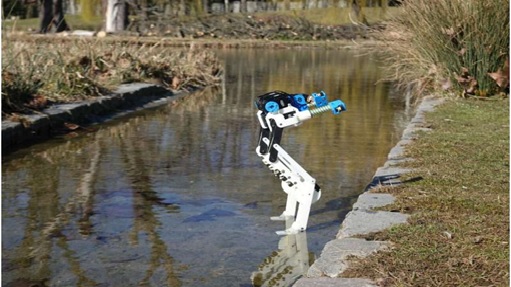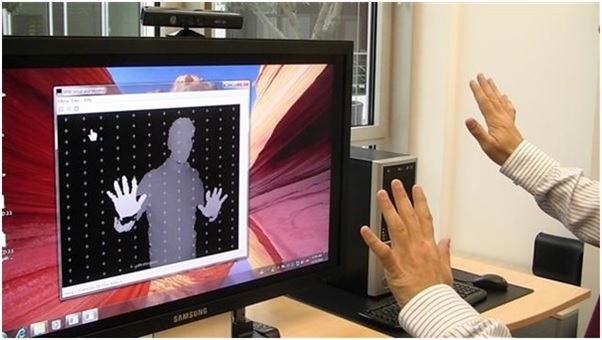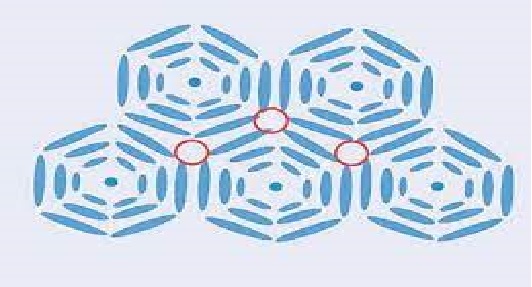BirdBot is Energy-Efficient Thanks to Nature as a Model
If a Tyrannosaurus Rex living 66 million years ago featured a similar leg structure as an ostrich running in the savanna today, then we can assume bird legs stood the test of time — a good example of evolutionary selection.
Graceful, elegant, powerful — flightless birds like the ostrich are a mechanical wonder. Ostriches, some of which weigh over 100kg, run through the savanna at up to 55km/h. The ostriches outstanding locomotor performance is thought to be enabled by the animal’s leg structure. Unlike humans, birds fold their feet back when pulling their legs up towards their bodies. [1]

Figure 1. The BirdBot is energy-efficient thanks to nature as a model
Figure 1 shows when walking, humans pull their legs and bend their knees, but the feet and toes point forward almost unchanged. Get to know that birds are different – in the swing phase, they fold their legs backwards. We hypothesized a new function of the foot coupling through muscle tissue and tendons that extend across multiple joints.” This multi-joint muscle-vein coordinates leg folding in the swing phase. In our robots, we have implemented coupling mechanics on the legs and feet, which allows the robot to save energy and drive powerfully. [4]
Zero effort when standing, and when flexing the leg and knee
When standing, the leg expends zero energy. “Previously, our robots had to work against the spring or with a motor either when standing or when pulling the leg up, to prevent the leg from colliding with the ground during leg swing. This energy input is not necessary in BirdBot’s legs,” says Badri-Spröwitz and Aghamaleki Sarvestani adds: “Overall, the new robot requires a mere quarter of the energy of its predecessor.”
The treadmill is now switched back on, the robot starts running, and with each leg swing, the foot disengages the leg’s spring. To disengage, the large foot movement slacks the cable and the remaining leg joints swing loosely. This transition of states, between standing and leg swing, is provided in most robots by a motor at the joint. [2]
Robot walks on treadmill
To test their hypothesis, the researchers built a robotic leg modeled after the leg of a flightless bird. They constructed their artificial bird leg so that its foot features no motor, but instead a joint equipped with a spring and cable mechanism. The foot is mechanically coupled to the rest of the leg's joints through cables and pulleys. Each leg contains only two motors -- the hip joints motor, which swings the leg back and forth, and a small motor that flexes the knee joint to pull the leg up. [3]
References:
- https://news.jobsvacancy.in/australia/birdbot-is-energy-efficient-thanks-to-nature-as-a-model-sciencedaily/
- https://techilive.in/birdbot-is-energy-efficient-thanks-to-nature-as-a-model/
- https://www.sciencedaily.com/releases/2022/03/220316145744.htm
- https://www.tamiltechs.in/birdbot-is-energy-efficient-thanks-to-nature-as-a-model/
Cite this article:
Thanusri swetha J (2022), BirdBot is energy-efficient thanks to nature as a model , AnaTechMaz, pp. 85















